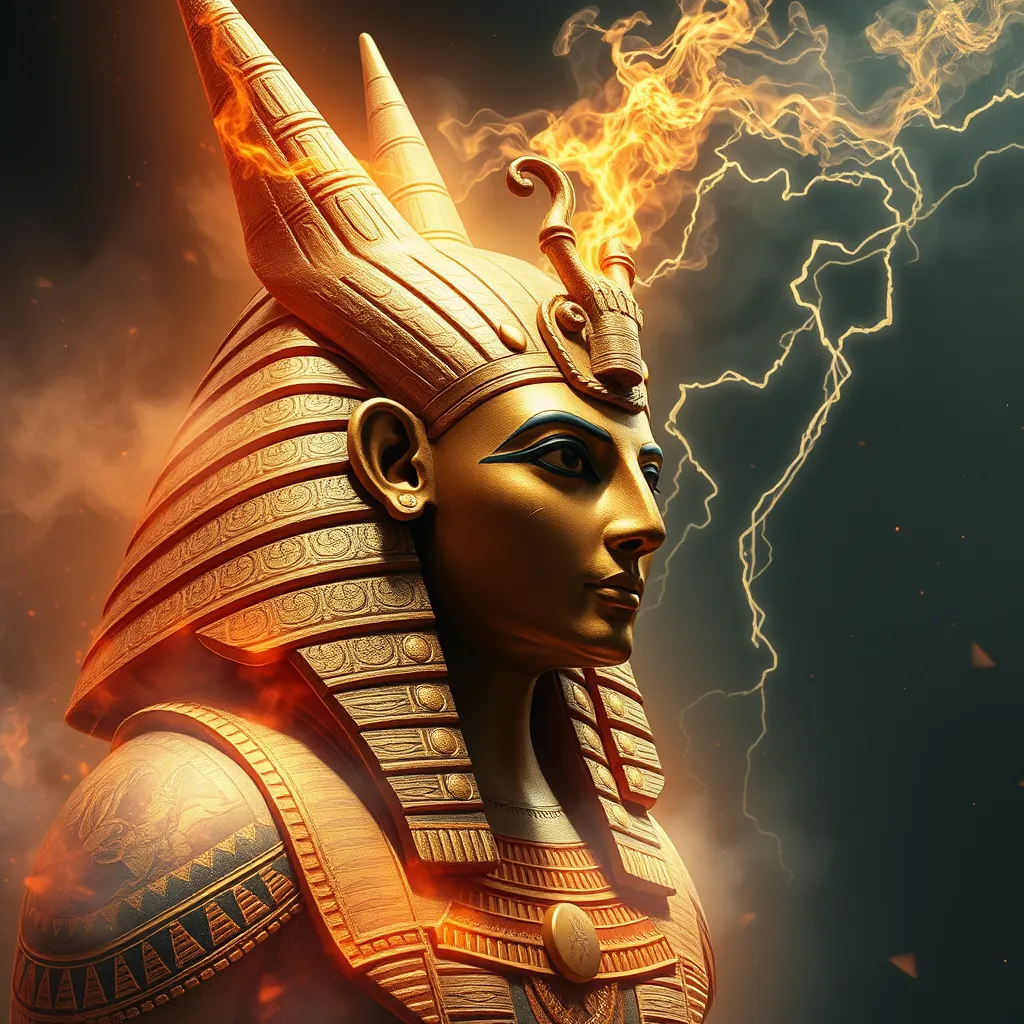The Echoes of the Past: The Legacy of the Ancient Egyptian Myths and Legends
I. Introduction
The Ancient Egyptian civilization, one of the most remarkable societies in human history, flourished along the banks of the Nile River for over three millennia. Renowned for its monumental architecture, art, and complex social structures, this civilization also produced a rich tapestry of myths and legends that shaped its culture and identity.
Myths and legends played a crucial role in the daily lives of the Egyptians, providing explanations for natural phenomena, guiding moral behavior, and establishing a framework for understanding life and death. This article aims to explore the lasting legacy of these narratives, examining their origins, key themes, and their influence on both ancient and modern cultures.
II. The Origins of Ancient Egyptian Myths
The historical context of Ancient Egypt reveals a civilization deeply intertwined with its environment, religion, and social hierarchies. Myths originated from a need to explain the world around the Egyptians, including the cycles of nature and the mysteries of existence.
Sources of these myths include:
- Hieroglyphs inscribed on temples and monuments
- Papyrus texts containing religious and mythological narratives
- Oral traditions passed down through generations
Key themes and motifs prevalent in Egyptian mythology include creation, resurrection, the battle between good and evil, and the eternal struggle against chaos.
III. Major Deities and Their Stories
Central to Egyptian mythology are its principal gods and goddesses, each representing fundamental aspects of the universe. Notable deities include:
- Ra: The sun god, symbolizing light and creation.
- Osiris: God of the afterlife, representing resurrection and eternal life.
- Isis: Goddess of magic, motherhood, and fertility, known for her wisdom.
- Horus: The sky god, often depicted as a falcon, representing kingship and protection.
Significant myths, such as the Osiris myth, illustrate the themes of death and rebirth. In this narrative, Osiris is murdered by his brother Set but is resurrected by Isis, symbolizing the cyclical nature of life. Ra’s journey across the sky each day represents the sun’s daily cycle and the triumph of light over darkness.
These deities were not merely figures of worship; they were integral to the daily lives of the ancient Egyptians, influencing everything from agriculture to governance.
IV. Myths as Reflections of Ancient Egyptian Society
The myths of Ancient Egypt are a mirror reflecting the society’s values and beliefs. They often emphasized concepts such as:
- Harmony and order (Ma’at)
- Respect for the divine and the natural world
- The importance of community and family
Furthermore, mythology played a pivotal role in governance. Pharaohs were often considered divine, embodying the gods on earth. This divine kingship was reinforced through mythological narratives that legitimized their rule.
Gender roles were also explored through myths, with powerful goddesses like Isis and Hathor challenging traditional gender norms, showcasing women’s strength and influence in both myth and society.
V. The Influence of Egyptian Myths on Art and Architecture
Art and architecture in Ancient Egypt were heavily influenced by mythology. Temples and tombs were adorned with artistic representations of myths, serving both decorative and religious purposes.
Key aspects include:
- Hieroglyphics: Storytelling through intricate carvings and inscriptions.
- Statues: Depictions of gods and pharaohs, often imbued with symbolic meaning.
- Temple layouts: Designed to reflect cosmological beliefs and facilitate worship.
The legacy of myth-inspired architecture can be seen in later cultures, influencing Roman and Greek architectural styles, as well as modern interpretations of ancient design.
VI. The Role of Myths in Egyptian Religion and Afterlife Beliefs
Mythology was deeply intertwined with religious practices in Ancient Egypt. Myths provided a framework for understanding the afterlife, which was a crucial aspect of Egyptian belief systems.
Key myths surrounding death and the afterlife include:
- The journey of the soul through the Duat (underworld).
- The weighing of the heart against the feather of Ma’at to determine one’s fate.
- Osiris’s resurrection symbolizing hope for eternal life.
These beliefs had a profound impact on burial practices, leading to the construction of elaborate tombs and the inclusion of burial goods to assist the deceased in the afterlife.
VII. The Continuing Legacy of Egyptian Myths in Modern Culture
The influence of Egyptian myths extends beyond their historical context, permeating modern literature, film, and popular media. Films like “The Mummy” and animated features like “The Prince of Egypt” have revived interest in these ancient narratives.
Furthermore, there has been a resurgence in Egyptology, with scholars and enthusiasts alike exploring the mysteries of ancient myths and their relevance in contemporary society. This renewed interest has helped shape modern perceptions of Ancient Egypt, highlighting its complexity and richness.
VIII. Conclusion
In summary, the legacy of Ancient Egyptian myths and legends is profound, shaping not only the civilization itself but also influencing cultures across time. These narratives reflect the values, beliefs, and practices of a society that continues to captivate the imagination of people today.
As we reflect on the timeless relevance of these ancient stories, it becomes clear that they are more than mere tales; they are a celebration of a rich cultural heritage that deserves to be preserved and honored for generations to come.




